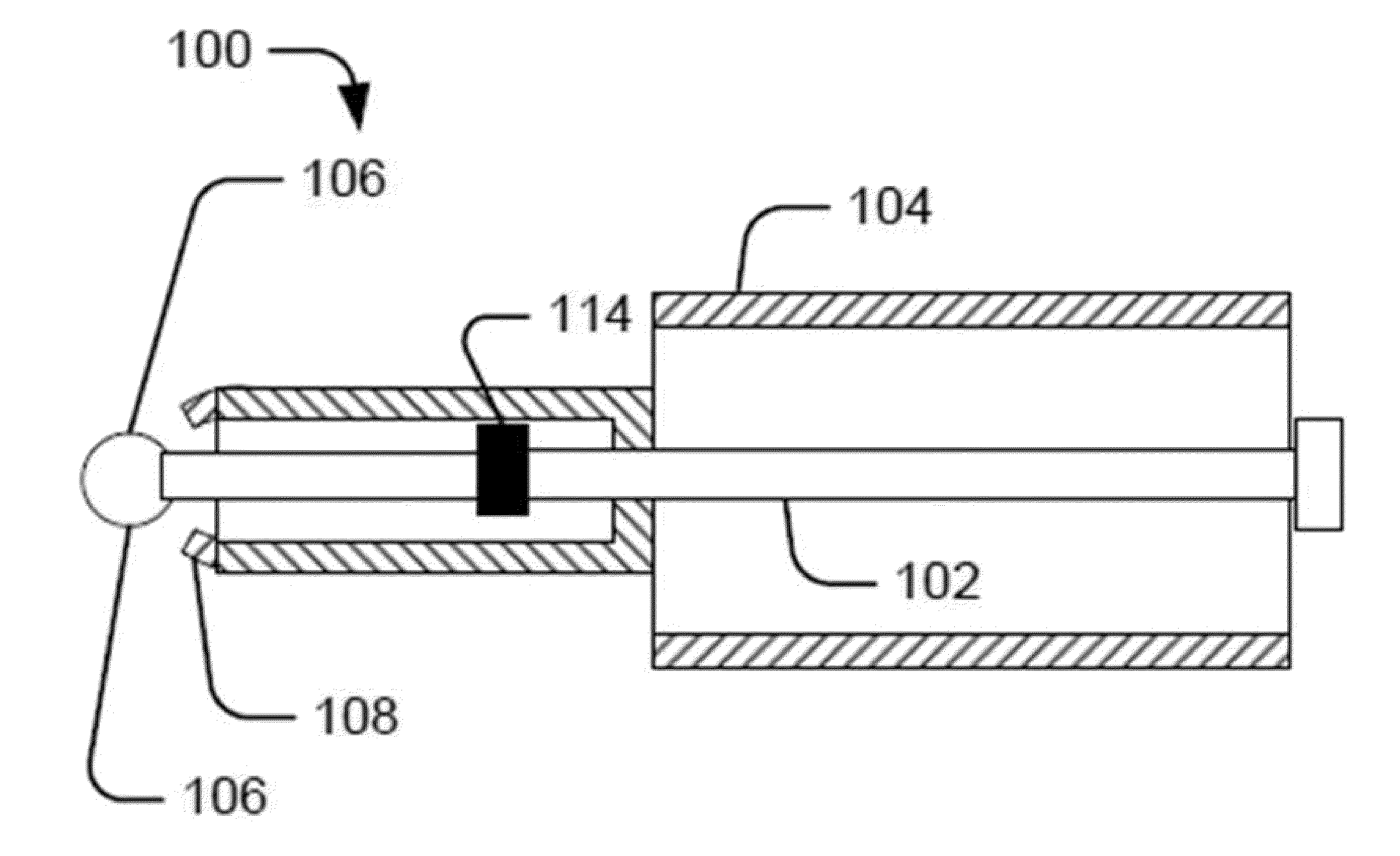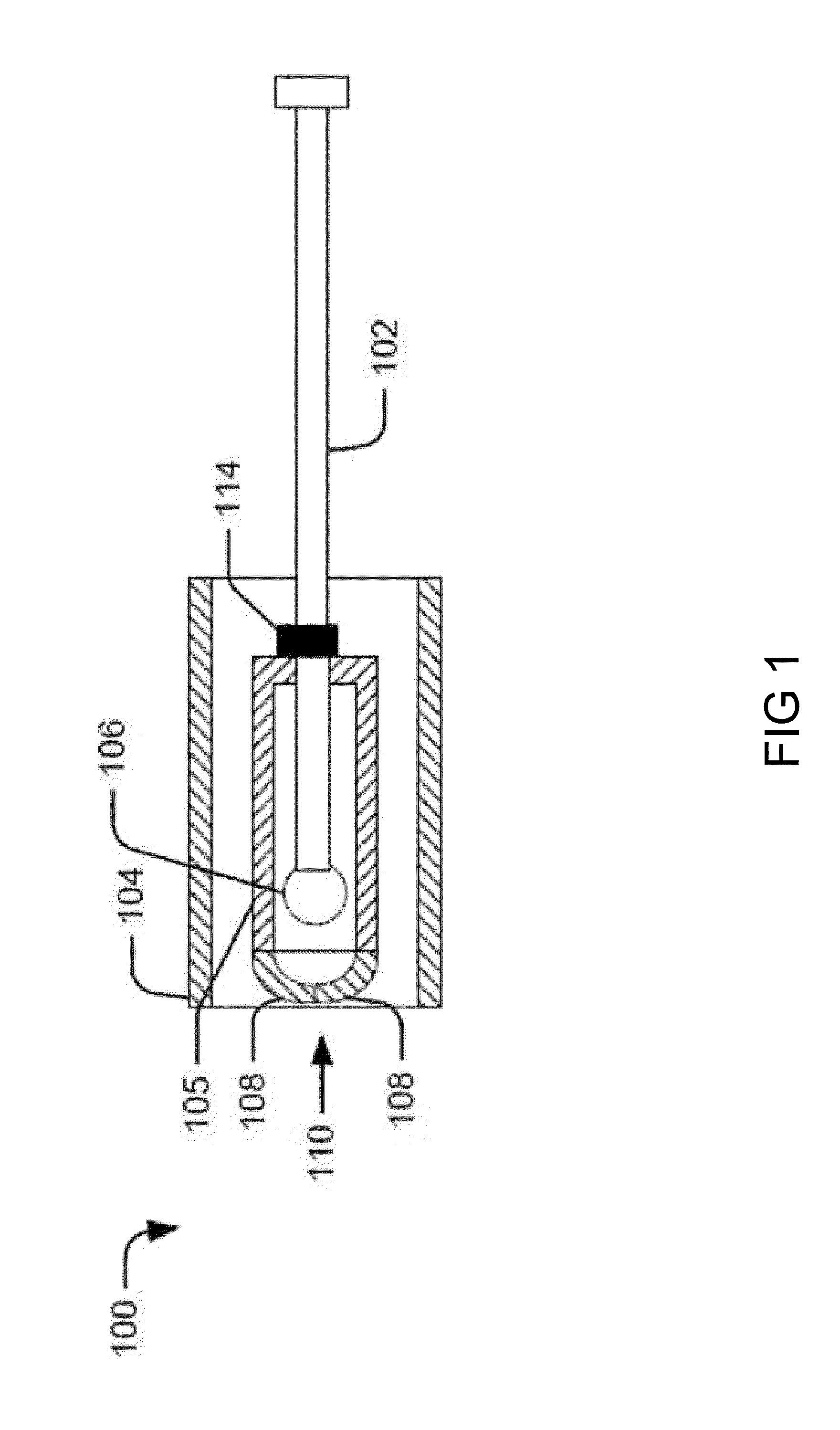Specimen observation, collection, storage and preservation devices and methods of use
a technology for specimens and devices, applied in medical science, vaccination/ovulation diagnostics, surgery, etc., can solve the problems of inconvenient use, difficult, if not impossible, and inability to construct devices currently employed in the art to facilitate specimen collection and preservation, etc., to achieve the effect of facilitating the conformity of specimen collection devices
- Summary
- Abstract
- Description
- Claims
- Application Information
AI Technical Summary
Benefits of technology
Problems solved by technology
Method used
Image
Examples
Embodiment Construction
[0047]Reference now should be made to the FIGURES in which the same reference numbers are used throughout the multiple FIGURES to designate the same components.
[0048]The terminology used herein is for the purpose of describing particular embodiments only and is not intended to be limiting. As used herein, the singular forms “a”, “an”, and “the” are intended to include the plural forms as well, unless the context clearly indicates otherwise. It will be further understood that the terms “comprises” and / or “comprising” or “includes” and / or “including” when used in this specification, specify the presence of stated features, regions, integers, steps, operations, elements, and / or components, but do not preclude the presence or addition of one or more other features, regions, integers, steps, operations, elements, components, and / or groups thereof.
[0049]While the examples discussed in this disclosure relate mainly to the observation, collection, storage, handling, transportation, analysis...
PUM
 Login to View More
Login to View More Abstract
Description
Claims
Application Information
 Login to View More
Login to View More - R&D
- Intellectual Property
- Life Sciences
- Materials
- Tech Scout
- Unparalleled Data Quality
- Higher Quality Content
- 60% Fewer Hallucinations
Browse by: Latest US Patents, China's latest patents, Technical Efficacy Thesaurus, Application Domain, Technology Topic, Popular Technical Reports.
© 2025 PatSnap. All rights reserved.Legal|Privacy policy|Modern Slavery Act Transparency Statement|Sitemap|About US| Contact US: help@patsnap.com



